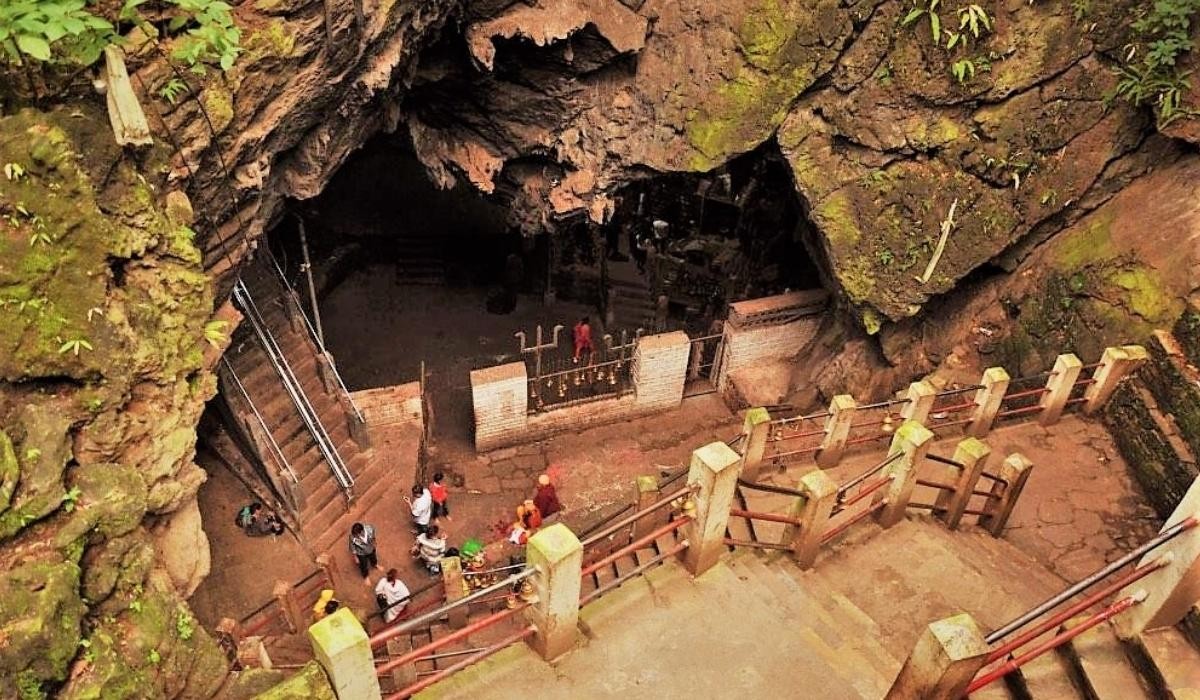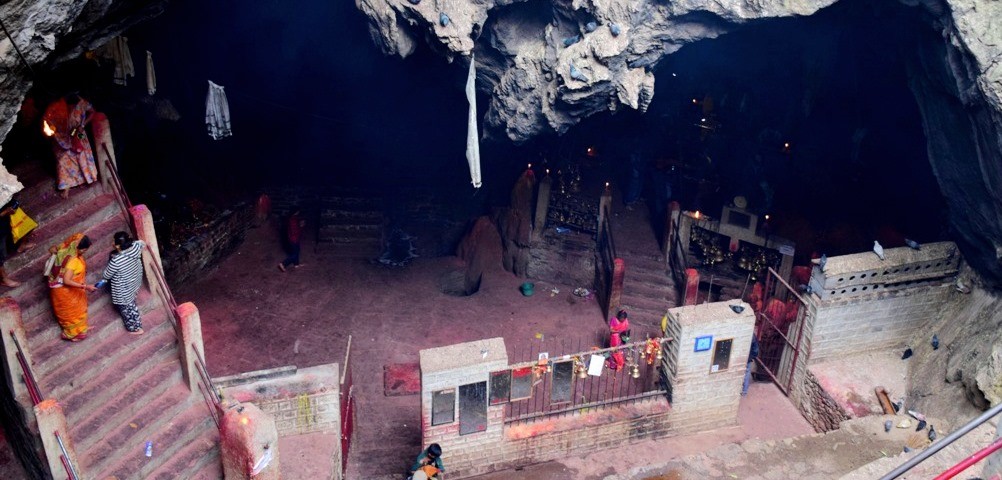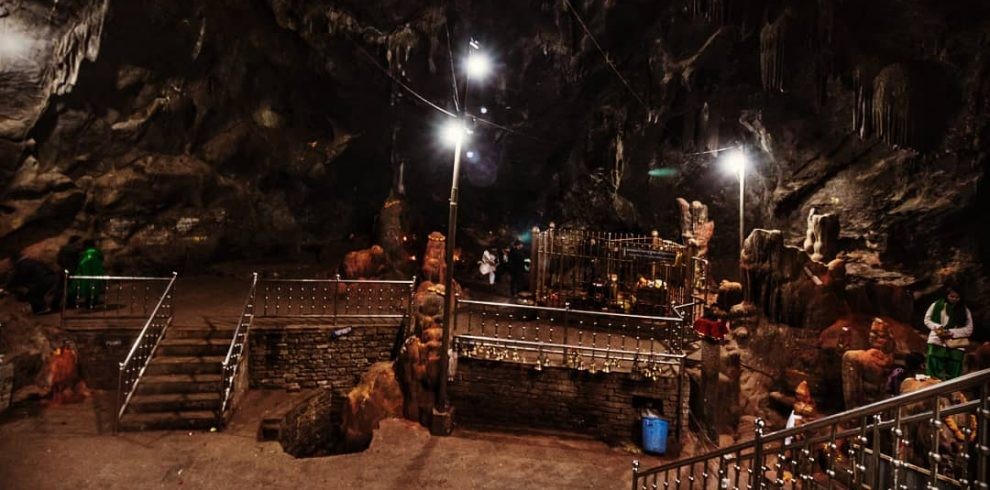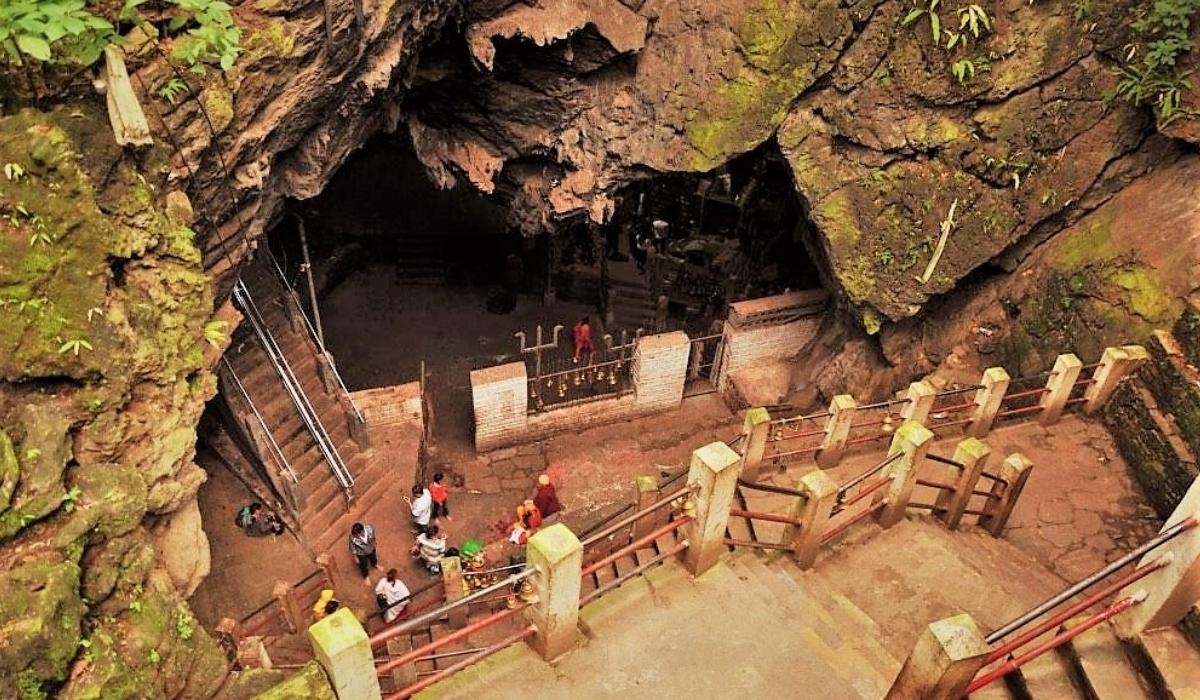"Experience A real Nepal through your own Eye"
Halesi, Jaleshwori rural village, Junebesi and Thupten Choling Buddhist Monastery Tour
Experience the true essence of Nepal through your own eyes on one of the iconic journeys in the eastern region of the country. You will immerse yourself in authentic village life and have a fantastic opportunity to visit the significant pilgrimage site, Halesi Mahadev Temple, also known as the Halesi Maratika Cave.
The temple is a revered pilgrimage site for Hindus, Buddhists, and Kirat. Hindus refer to the caves as the Halesi Mahadev Temple, linking them to Mahadeva, a form of Shiva. Meanwhile, Buddhists see these caves as sacred, believing they are connected to the legend of Padmasambhava.
The best part of the tour is the opportunity to visit remote villages and modern, untouched communities, where you can observe their daily lives. You'll gain insight into how people survive with limited facilities, away from computers and modern technologies. This experience offers a unique chance to see how local communities engage in farming without the use of modern equipment.
One of the highlights of the trip is the chance to see the stunning snow-capped peaks, including Numbur Himal, Kyashar Peak, and Mount Everest. This journey is truly magnificent, as it connects the hilly regions of the country with the high Himalayan belt.
One of the great opportunities to visit Thupten Choling Buddhist Monastery is a retreat community and monastery founded by Kyabje Trulshik Rinpoche in the 1960s. It is located in the Solu Khumbu district of northeastern Nepal, on the southern slopes of Mount Everest. The monastery is home to over 900 monks and nuns, 80% of whom are Tibetan refugees, who live under the guidance of Trulshik Rinpoche.
Trulshik Rinpoche settled in the Khumbhu region after fleeing Tibet in 1959. Initially, he stayed at several monasteries, such as Thangmé, for a few years while hoping to return to his own Rongpuk Monastery in Tibet. Ultimately, in 1968, Rinpoche built the Thupten Choling Buddhist Monastery.
In the end, we will have a wonderful overnight stay at Dhap, where Mount Everest can be clearly seen in good weather. This is a great opportunity to observe Mount Everest from this beautiful Himalayan location, Dhap.
Among the most popular pilgrimage sites of Nepal, Khotang Halesi Tour is one of the popular temples known as The Pashupatinath of eastern Nepal. It's situated in the Khotang district, 3,100 ft. – 4,734 ft above sea level. Halesi Mahadev cave and temple are located about 185 km southwest of Mount Everest. Halesi Mahadev is a recognized site of Hindu, and Buddhist pilgrimage and Kirant. It is 215 km east of Kathmandu valley. The Halesi Temple is located at the top of a small hill inside the beautiful caves. There are numerous small beautiful caves as well. The importance here is the image of the Lord inside of cave which is the additional beauty of the tour.
It is also a kind of pride for the people living there, as famous as other temples like the Pashupatinath Temple in Kathmandu, Lumbini in Kapilvastu, etc. Internationally it is known as a natural cave which lies in the 4th remote hilly region and is believed to have been in existence for 6000 years.
Why Halesi Tour is so Popular?
Halesi Mahadev Darsan Tour is one of the most secret pilgrimage temples located in Eastern Nepal in Khotang District. Many Pilgrimages they believe in good Karma in their next life once they worship the Halesi Mahadev Temple. Pilgrimages make Circuit Tours combined with Pashupatinath Temple, Muktinath Temple, and Pathibhara Temple which are very popular pilgrimage temples In Nepal.
Nepal is one of the most beautiful destinations for Trekking and Hiking, Peak Climbing and Mountain Expedition, sightseeing, and cultural Tours. The Everest Base Camp Trekking is a world-popular adventure trekking destination in Nepal, each year nearly 50 thousand trekkers trek to Everest Base Camp. Similarly, the Halesi Mahadev Darsan Tour is also one of the popular pilgrimage destinations for domestic and International Travelers.
Believed.
Lord Haleshi Mahadev cave is a sacred temple situated in the Khotang District of Nepal. It is believed that this cave has been used by Lord Shiva to protect himself and hide from the demon Bhasmasur for approximately the past 6000 years. The glory of three different religions (Hinduism, Buddhism, and Kirat), this pilgrimage and Halesi Mahadev is worshipped as the great god even of gods and goddesses (Devadidev) by Hindus, the founder of Kirat religion is believed to have origin at this place by Kirat people, whereas Buddhists venerate Halesi regarding it as one of their six important pilgrimage sites.
It is believed that ascetics of Shaiva (The existing Hindus from time immemorial), Buddhists, and also other ascetics have obtained Salvation by meditating at Halesi. Buddhists worship it as a divine place where their great Guru Rimpoche, Padmasambhava meditated and accomplished immortality. Hence, Buddhist religious followers, and priests come to worship Halesi with a belief of getting 10 more years of lifespan and also Salvation.
It is known as ‘Marathi’ in the Tibetan language. This sacred site is worshiped as a chariot leading towards good deeds from misdeed, unreality to reality, sin to justice, and ultimately towards Salvation.
How did they find the Halesi?
Likewise, the historical view about how this sacred place with ensconced Mahadev was addressed is like this, “There was a bushy jungle and once a local Rai caste hunter was hunting at this forest. He tried to hunt a deer that ran into the bushes. The hunting dog tried to search for the deer and went into the bushes but both of them didn’t return. After this, the hunter seeks help from villagers and goes to the bushes where they find a cave. Curiously, they entered the cave and found a big Shivalinga winded around by a snake. They were delighted to see this and began worshipping it as a dwelling of Lord Shiva. There are several other religious and mythological reasons behind the growing religious significance of Halesi.”
How did it Become Halesi?
This is how local people describe the reason behind the name of this sacred site located in a serene natural hilly environment. “Myth says that there was once a huge tree of Madane (tree of Seedless fruit) just above the current Halesi Mahadev. A bird named ‘Halesho’ used to chirp sitting at that tree. So, elderly people decided to name this place after the name of that bird ‘Halesho’ and it became ‘Halesi’.”
Importance of Khotang Halesi Tour
The glory of three different religions (Hinduism, Buddhism, and Kirat), this pilgrimage and Halesi Mahadev is worshipped as the great god even of gods and goddesses (Devadidev) by Hindus, the founder of Kirat religion is believed to have origin at this place by Kirat people, whereas Buddhists venerate Halesi regarding it as one of their six important pilgrimage sites.
It is believed that ascetics of Shaiva (The existing Hindus from time immemorial), Buddhists, and also other ascetics have obtained Salvation by meditating at Halesi. Buddhists worship it as a divine place where their great Guru Rimpoche, Padmasambhava meditated and accomplished immortality. Hence, Buddhist religious followers, and priests come to worship Halesi with a belief of getting 10 more years of lifespan and also Salvation.
It is known as ‘Marathi’ in the Tibetan language. This sacred site is worshiped as a chariot leading towards good deeds from misdeed, unreality to reality, sin to justice, and ultimately towards Salvation.
Halesi, Jaleshwori rural village, Junebesi and Thupten Choling Buddhist Monastery Tour.
Day 01: Arrive in Kathmandu, receive at airport and transfer to Hotel stay overnight at KTM Hotel.
Day 02: Sightseeing in Kathmandu Valley, World Heritage sites stay overnight at Kathmandu.
Day 03: Drive to Halesi from Kathmandu. (1300 meters / 4265 feet)
Day 04: Drive to Jaleshwori via Aiselukharka. (1800 meters/ 5900 feet)
Day 05: Visit the Local Village and around Jaleshwori. ((1800 meters/ 5900 feet)
Day 06: Drive to Junebesi from Jaleshwori. (2700 meters/ 8858 feet)
Day 07: Explore Thupten Choling Buddhist Monastery and Tibetan Refugee Camp. (3000 meters/ 9842 feet)
Day 08: Junebesi to Dhap stay overnight at Dhap. (2840 meters/ 9317 feet)
Day 09: Drive to Kathmandu.
Day 10: After breakfast, transfer to the Airport for Departure.





